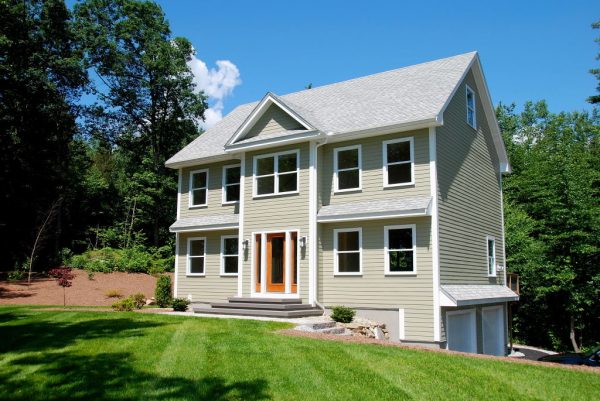
LEED certification is a rating system developed by the U.S. Green Building Council to help promote green building practices and sustainable development across the country. It rates construction projects of all types by awarding points for green building practices in four separate areas: sustainable sites, energy and atmosphere, materials and resources, and innovation and design process. When the points are added up, a structure or project is assigned a LEED rating of Certified, Silver, Gold, or Platinum, with a LEED Platinum Certified project being about as green as a construction project can get.
Why Homeowners should Care about LEED Certification
LEED building is still largely voluntary in the private building sector, though many state and federal agencies now require LEED Certified construction for all new building projects. So why should homeowners ask for LEED Certification with new homes, major remodels, and even smaller projects? Let’s start with savings. Because LEED Certified homes comply with green building standards they are far more energy efficient than traditionally built homes. That translates to substantially lower heating and cooling costs and lower utility bills. And since LEED building also utilizes many Energy Star rated building materials, from insulation to appliances to roofing materials, you can expect to get substantial tax breaks from a LEED approved home, as well.
Money isn’t Everything when it Comes to LEED Certification
Of course, LEED Certified homes don’t get points for energy efficient materials alone. They also utilize design features that take advantage of light, space, and the orientation of everything from windows to the home itself, in order to create the most environmentally friendly home possible. For homeowners those designs translate to lighter, more open, and generally more enjoyable spaces. In fact, most people are amazed what green innovation and building design does for a home when it comes to creating more comfortable and pleasing living areas.
Budgets are Important with LEED Building
The one downside of working towards achieving high LEED ratings can be cost. LEED Certified homes generally cost more initially because of the types of materials used and the sometimes unconventional building and design needs of these projects. Consequently, always figure out a budget ahead of time with any building project where LEED Certification is a goal. With any major remodel or new home, keeping a tight budget is of the utmost importance. Where LEED Certification is concerned, it’s even more critical. Of course, always keep in mind that while a LEED Certified home will cost more initially, it also will make up the cost difference in energy savings and tax credits over time.
Hire LEED Accredited Professionals
If you’re interested in LEED Certification, you should always start with LEED accredited professionals. LEED knowledgeable architects, designers, engineers, homebuilders, general contractors, and other service professionals are your best resource when it comes to designing a new home or remodel that is green through and through.
 Engineering the Future: The Educator’s Guide to Building and Construction
Engineering the Future: The Educator’s Guide to Building and Construction 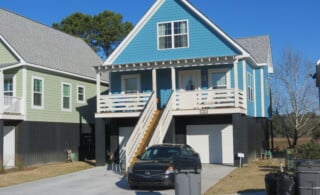 Katrina Cottages – More Than a Temporary Solution
Katrina Cottages – More Than a Temporary Solution 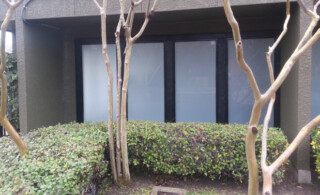 Smart Glass: A Solar Light Switch
Smart Glass: A Solar Light Switch 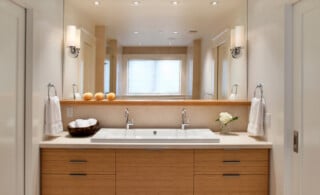 Report from PCBC: New Home Construction
Report from PCBC: New Home Construction 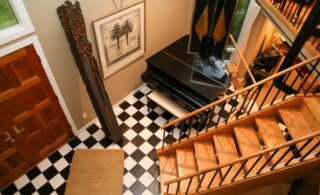 Split Level House: Homes of Staggering Design
Split Level House: Homes of Staggering Design 

Are You Familiar With This Topic? Share Your Experience.